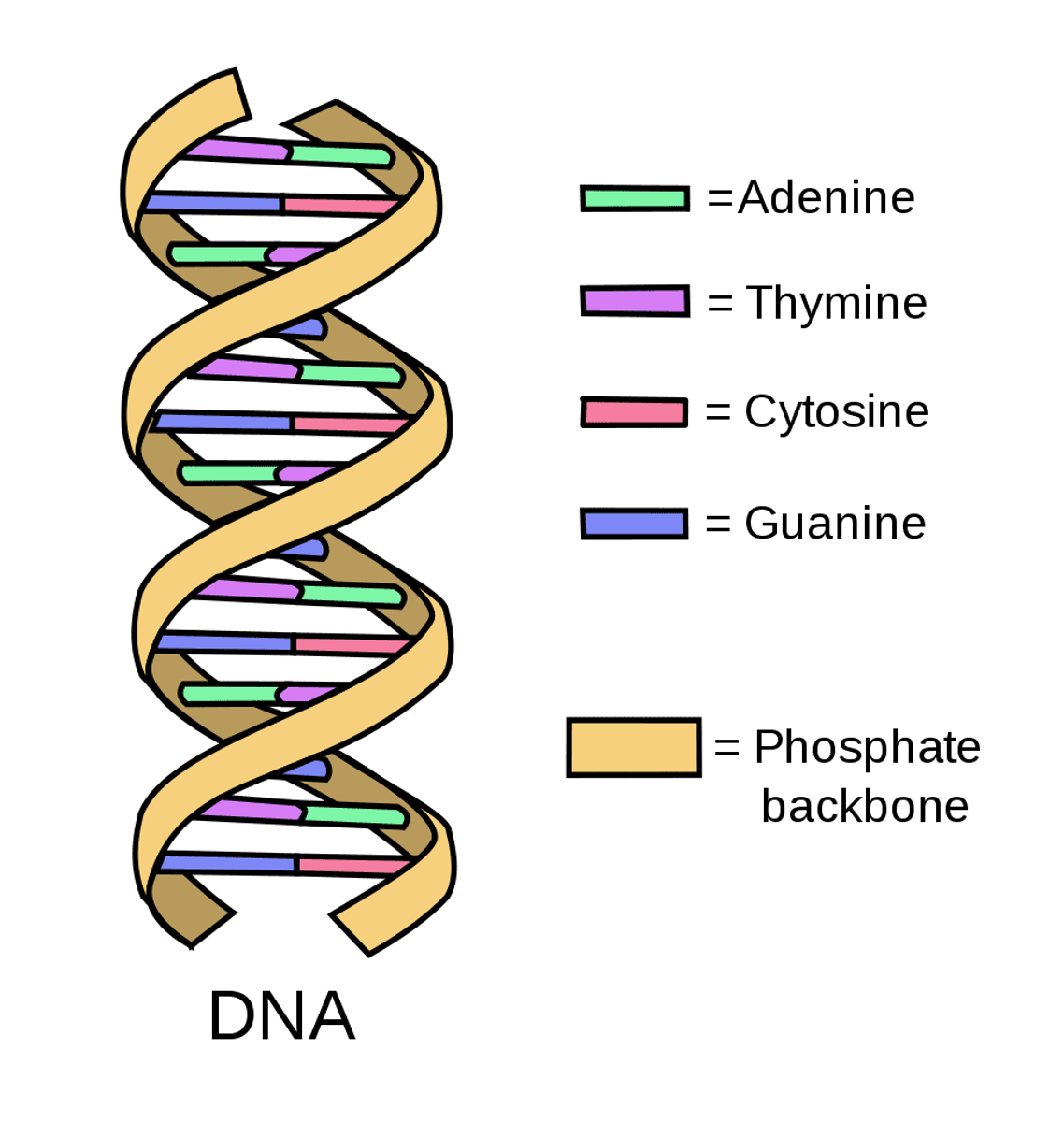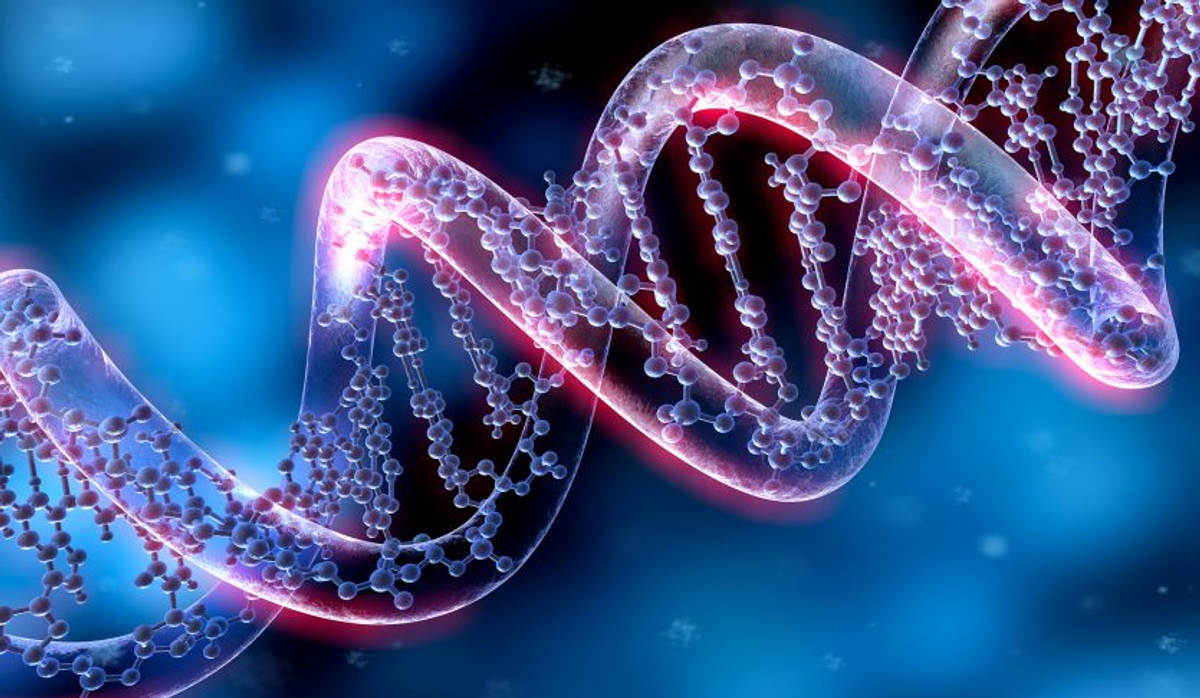Genetics
by Vidya, your Science Captain

Genetics
by Vidya, your Science Captain


DNA is the genetic substance that contains all the data about a living thing's appearance and function. Human DNA, for example, determines the colour of the eyes and the function of the lungs. Each bit of data is stored in a different section of the DNA. Genes are the names for these sections.
When DNA functions properly, it helps the body function properly. DNA helps cells in the making of proteins, which are required for cell survival. Living creatures can also replicate thanks to DNA. Physical characteristics are passed down from parents to children through the genes in DNA.
Now that we have a brief idea what DNA is, let's move onto genetics.
Genetics is the study of how specific characteristics are passed down from parents to their children or grandchildren, or heredity. Every plant and animal produces offspring of the same kind or type. The children bear a strong resemblance to their parents.


The basic units of genetics are genes. They include information on a living thing, such as its characteristics. Genes are found within the cells that make up living things. The genes are carried by chromosomes, which are a threadlike structure.
The chromosomes of a baby contain a set of genes from the father and a set from the mother. The features of the baby are determined by the interaction of these genes. Each gene performs a specific function, such as giving the baby’s cheeks dimples.
Children with the same parents can have very different personalities or traits. This is because each parent has two genes for each trait but only contributes one to each child. One gene for cheek dimples and one gene for no cheek dimples, for example, may exist in the father. It's possible that his first child may get the gene responsible for cheek dimples. His second child could get the gene that prevents cheek dimples.
References: